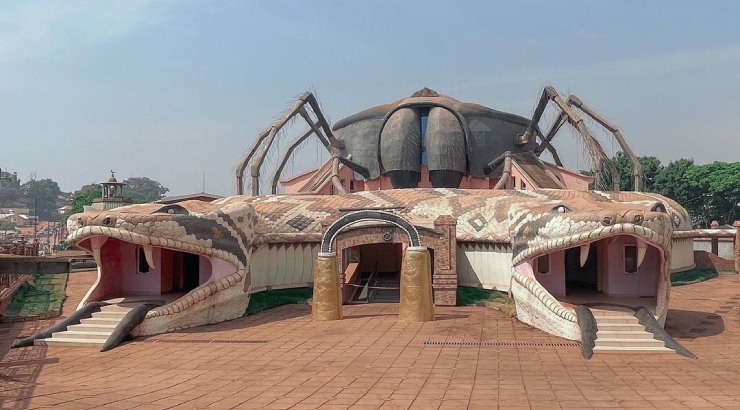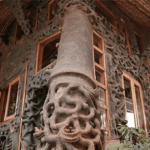

Sudan National Museum
A Timeless Journey through Sudanese History: The National Museum of Sudan
Nestled along the El Neel (Nile) Avenue in the heart of Khartoum, in the quaint Al-Mugran area, you'll find the National Museum of Sudan, or as art enthusiasts may know it, the Sudan National Museum of African Art. Inaugurated in 1971, this architectural gem, a two-story edifice from 1955, stands as a testament to the rich African heritage.
This sanctuary of African art and archaeology harbours the world's most extensive and comprehensive Nubian collection. A cornucopia of artefacts spanning eons from the Paleolithic era to the Islamic period, a journey through this museum feels like a leisurely stroll through a time portal, immersing oneself in the golden epochs of Sudan's history.
The museum's collection covers an impressive array of eras and cultures, including the Paleolithic, Mesolithic, Neolithic, A-Group culture, C-Group culture, Kerma Culture, Middle Kingdom of Egypt, New Kingdom of Egypt, Napata, Meroë, X-Group culture and medieval Makuria. The exhibits are thoughtfully arranged across four distinct spaces:
- The Main Hall, a ground floor gallery that invites the visitor into a world of discovery.
- The first floor gallery, where the story of Sudan's past continues to unfold.
- The Open Air Museum, a unique exhibit space in the lush gardens, blending art and nature.
- The Monumental Alley, an outside exhibit, where history greets you even before entering the building.
The museum's star attractions are as diverse as they are fascinating. The granite statue of Pharaoh Taharqo, the penultimate ruler of the 25th dynasty, is a sight to behold. Towering at a majestic four meters, this figure welcomes visitors with its awe-inspiring presence, despite bearing the scars of a tumultuous past. This statue, discovered by George Reisner in 1916, was broken and buried in a pit by Egyptians when they sacked Napata in 591 BCE under Psamtik II's reign.
A glance through the museum reveals Neolithic black-topped red burnished pottery and charming ram statuettes belonging to the C-Group culture, funerary artefacts, and ceramic art that breathe life into the past. The gallery is also home to a unique bowlegged figurine of the dwarf goddess Beset, a protector of mothers and newborns. A grand stele of the chief of Teh-khet, Amenemhat, found at Debeira West, is another significant exhibit.
The museum brings alive the Napata and Meroë periods of the Kingdom of Kush, including the artefacts from the 25th dynasty. Notable exhibits include a granite statue of king Aspelta and a statue of an unknown Meroitic king depicted as an archer. The artefacts from prominent sites such as Meroe, Musawwarat es-Sufra, and Naqa further enrich the collection.
The National Museum of Sudan, standing at the confluence of the White and the Blue Niles, is more than a repository of art and archaeology. It's a vibrant chronicle of Sudan's heritage, inviting every visitor to partake in a captivating journey through time.
Location
Contact Information
Contact Listings Owner Form
Sudan National Museum 0 reviews
Write Your ReviewThere are no reviews yet.

















 No products in the basket.
No products in the basket.